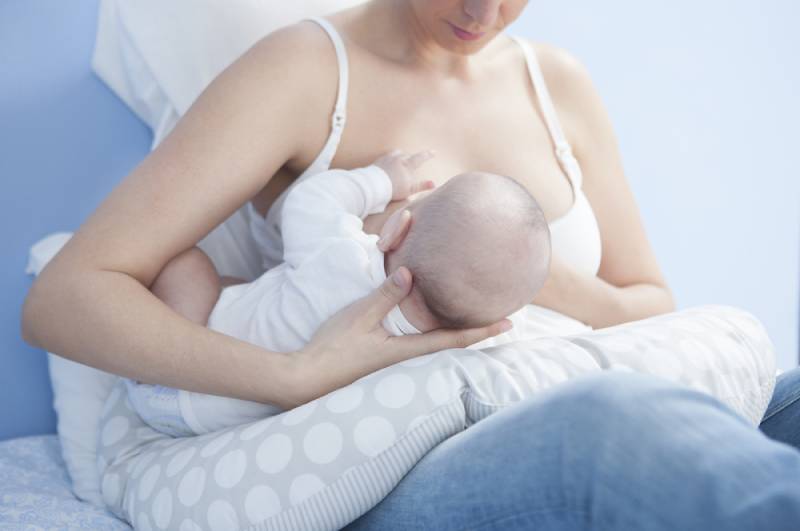One issue that many breastfeeding mothers are bound to face is the eventuality of nipple fissure or nipple cracks.
Nipple fissures are just that: small, indented lines or craters of irritated nipple skin that occur either through nipple trauma caused by an overeager bite of a child or through chafing and several other means that cause a lot of discomfort and nipple pain.
But, it’s not just nursing mothers who have this issue pop up every so often due to their little ones being rather eager during breastfeeding time.
Cracked nipples are common in joggers and even surfers too, and their condition comes under the name of jogger’s nipple.
Though they get it through poorly-fitted clothing and resting against a surfboard, where the friction irritates the nipple or pinches it in an awkward way, the pain and problems caused by it are no different.
While not as common, nipple fissures or jogger’s nipples can affect anyone regardless if they’re actively into sports or not – even men.
So, if your husband is having issues with nipple soreness and pain, know that some of the treatments listed here will work for him too.
Recognizing The Symptoms Of Nipple Fissures
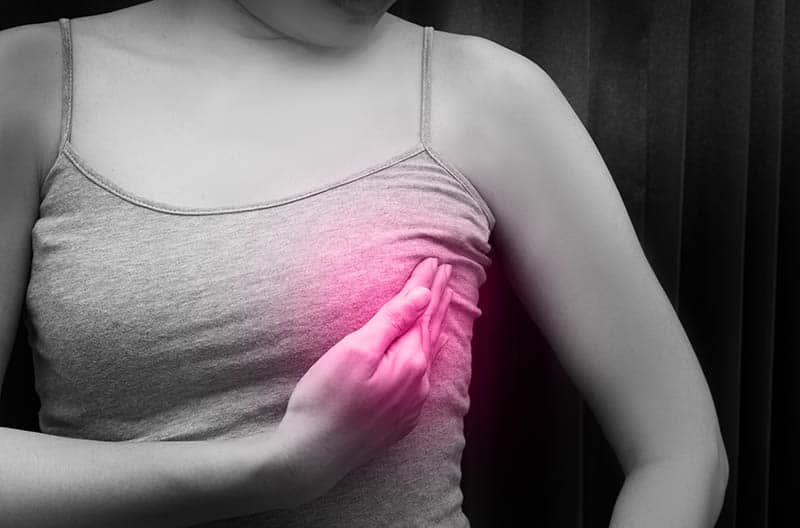
While the more common symptoms can be rather blatantly obvious to many of us, there are still a few somewhat uncommon ones that you may want to take note of to help spot the issue early before any complications develop.
These symptoms can be, but aren’t limited to:
- Open cracks and redness along the skin of the nipple
- Overall soreness of the nipple that varies in intensity
- Chafing and a dry appearance around the areola
- Varying degrees of pain around the nipple area
- Oozing puss and the like due to a fungal infection or mastitis
- Bleeding nipples from a strong cut or suffering overwhelming nipple trauma
The last two only come alongside complications and are rather uncommon, but don’t be surprised if you see them.
Most cases of nipple fissures aren’t serious, but you should still consult your doctor to be absolutely sure you’re fine and find out the necessary procedures you need to take to remedy the issue.
SEE ALSO: HOW TO CHOOSE THE BEST AVENT NIPPLE SIZE FOR YOUR LITTLE ONE
Most Common Causes Of Nipple Fissures

While I touched upon nipple fissure causes a bit at the start, I feel the need to go a bit more into detail on how exactly it comes to the issue of cracked nipples in the first place.
- In the case of breastfeeding women, the main cause is usually due to a bad breastfeeding position, which causes poor latching by your baby as he’s trying to attain that precious breast milk.
When he struggles to find a good position to latch on to the breast, a child will resort to biting (with his gums or teeth) to get a better grip on it, so to speak.
This will lead to the skin on your breast area being worn down, resulting in cracked and sore nipples, and in cases of extreme biting, even some bleeding, but nothing too harmful.
- The second issue may arise from some skin and beauty products having an unwanted/allergic reaction against your skin, like shampoos, lotions, and creams.
Make sure to find the culprit and immediately toss it so you don’t have to suffer again.
- The other cause of nipple fissures may be if you’re suffering from breast engorgement or mastitis sequentially, an issue caused by milk overflow in the breast (but that’s a whole other topic).
- Another potential cause that affects mostly athletes, but can affect anyone, is nipple chafing due to the area being unprotected and/or aggravated by coarse fabric, leading to increased friction as you move.
It becomes worse if the fabric of the clothing worn against the nipples is damp or wet, or if it’s cold outside, which leads to nipples remaining erect for longer periods of time, increasing the affected surface area and the level of friction alongside it.
That said, it’s not something you should be too concerned about unless you actively go on long runs or jogs as part of an exercise routine.
Sure, you’ll get the odd bit of itchiness or mild pain here and there, but it’ll mostly only last a short while before passing even in the worst case scenario.
If you are someone who prides herself on exercising and keeping in top form, you may want to take care that your clothing is fitted and snug, and that it’s a flat surface area with no seams.
Because, if your clothing is too loose and you go on for long periods of time, it’ll likely end up just becoming worse.
Think of it like a number of tiny pin pricks on the skin around the nipple – none really harmful on its own, but over time and multiple pricks, the results begin to show as it grows from a tiny irritation to more pronounced soreness.
If things go too far like in some of the more extreme cases, it even leads to complete removal of the skin in the area, resulting in open sores, the oozing of pus and even bleeding nipples.
But, that really shouldn’t be happening unless you’re forcing yourself and aren’t reducing your weekly amount of jogging and physical exercise until your nipples have fully recovered.
The one added cause – a lot more uncommon as it only targets a specific demographic – is that of surfers.
- While surfers do usually wear tight wetsuits to keep the nipple area protected, constant friction against the surfboard tends to negate that effect and cause nipple fissures regardless, as the nipples get pinched in between the body and the board.
The same applies to any activity you partake in that has a similar effect.
Even lying down on a hard surface can cause it. Surfers who are prone to nipple chafing usually opt for rash guard shirts and anti-chafing balms prior to hitting the waves.
Treating Nipple Fissures
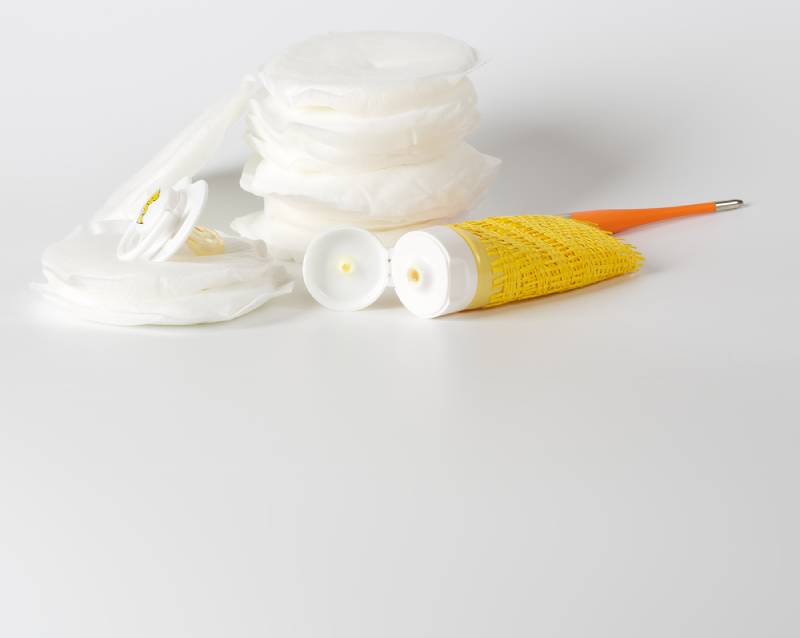
Now that we’ve gone through the steps on how to notice the symptoms of nipple fissures and what causes them in the first place, it’s time to learn exactly how to deal with the problems should they arise.
The first thing to note with nipple fissure treatments is that you won’t need professional help in most cases and that home treatment will work just fine.
This is almost never going to grow into a serious medical condition as long as you react in time and treat it properly.
- Should you be affected by a nipple fissure, getting some lanolin or any other type of balm or lotion is your best bet.
All you need to do is rub it on the affected area and let the balm soothe your pain and rehydrate your skin to let it regenerate and get back to normal. It’s as easy as that.
- An alternative way of going about it is getting some sort of antiseptic and antibacterial nipple cream, and applying that on the affected area to prevent yourself from getting a breast infection during the healing process.
- Peppermint oil is also known to help soothe and cool the skin and is used for a lot of skin irritations, and not just the area around the nipples. That said, do be careful of using it often if you’re still breastfeeding as some studies have shown that it’s known to reduce your overall milk supply if used regularly.
Most of these lotions and creams like lanolin can be obtained over the counter in any of your local pharmacies, so don’t worry about needing a prescription, just follow the instructions laid out on the items themselves.
You won’t need to use too much of it anyway, so you can always have some lanolin handy around the house when you need it as it’ll last you a long time after the initial purchase.
- Bathing your breasts in warm water also tends to help a lot, especially after each feeding to help immediately soothe the nipple trauma you may have suffered from your zealous child wanting to get his dose of breast milk.
The warmth will help open the skin pores and expedite the healing process, as well as help you feel a sense of instant relief.
- If the cause of your nipple fissures is due to breast engorgement and an oversupply of milk, you may want to try hand expressing some breast milk whenever you feel like your breasts have become hard and your nipple is growing larger and more rigid.
Draining some milk is going to relieve the breast toughness and pressure on the nipple, since it’s essentially a valve in this case.
Outside of helping reduce irritation, this method also helps lower the risk of clogged milk ducts and mastitis.
- Other treatment options boil down to even simpler things like reducing your overall activity until your nipples heal back up.
You’re only making things worse for yourself if you keep doing the same thing you always do, thereby risking further irritation of the affected nipple area.
- If you’re adamant about wanting to still go about your day while letting your nipples heal back up, then you can also get some waterproof tape to place on the affected nipple area, some gauze or even a nipple shield to minimize the chances of further friction and nipple irritation.
That, or simply swapping clothes to ones that are made from a finer material that isn’t coarse or rigid, so it won’t get caught on the nipple when moving around.
The same goes for bras. Avoid heavily decorated ones that have patterns on the inside or seams that go across the cup.
- If you’re a breastfeeding mom, you’ll also want to adjust your breastfeeding position so your child latches properly. Make sure that your baby’s mouth is properly on the breast without him looking like he’s struggling to hold on.
This is one of your main causes for concern when cracked nipples come into question and fixing this should fix almost all of your problems with it.
Complications From Leaving Nipple Fissures Untreated
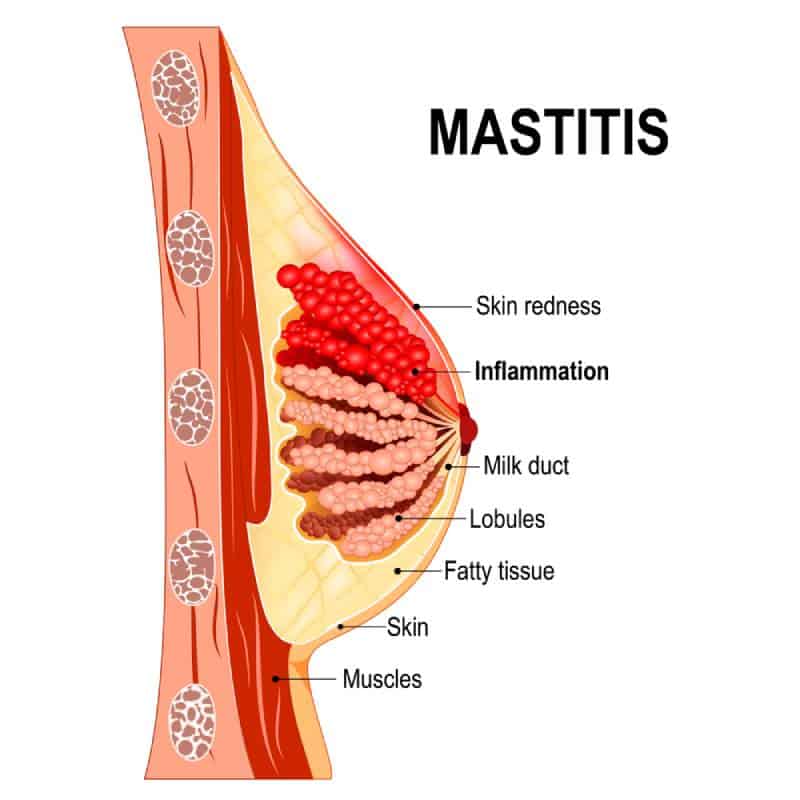
As I’ve mentioned before, you shouldn’t worry too much about getting to a serious health issue when nipple fissures are concerned, but that only stands true if you actually treat them properly.
If you disregard it as a minor problem and continue letting the area get irritated further, a number of problems can arise.
- The most common issue for moms that breastfeed is lactational mastitis.
It’s a kind of evolved form of sore that appears as a swollen and inflamed area around the nipple containing pus inside, which needs to be drained and cleaned properly to not risk further infection.
Mastitis will further affect your ability to breastfeed your precious one by clogging up your milk ducts and acting as a blockage, leading to even bigger problems.
- Speaking of infections, thrush is also a risk that may occur should you leave the problem untreated.
Thrush is a sort of yeast infection that can be more often seen affecting babies than adults, but should it find its way to the nipple fissures in your area, it’s only going to make the problem that much worse.
The reason being is that all forms of yeast are going to have a field day if they find themselves in milk (it’s why in baking we use the combination when making dough in the first place).
And if the area around the nipple isn’t properly cleaned after a feed, the yeast is going to have plenty of opportunity to grow.
Now should complications arise, especially with thrush, you should definitely see your doctor or your lactation consultant to get advised on the best way of treating the issue.
Usually it’ll boil down to getting some antifungal medication to help kill the fungus and get the affected wound healing back up cleanly.
My Nipple Fissure Won’t Heal, Help!
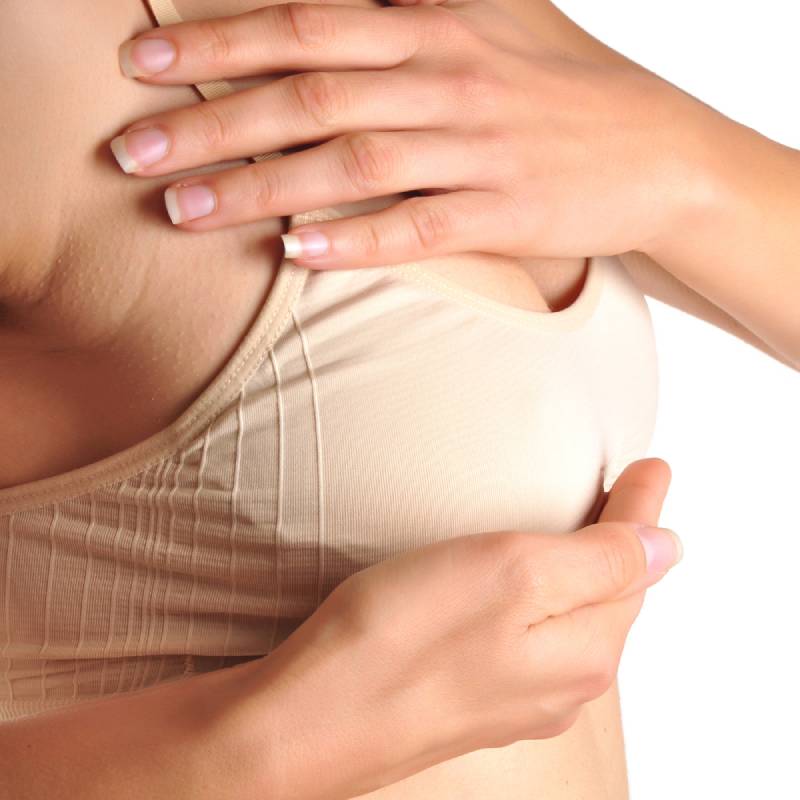
Relax, it can take anywhere from a day all the way up to two or so weeks for a cracked nipple to fully recover.
Be patient and give it time, and you should be back to normal before you know it.
In Conclusion
Nipple fissures, while nothing serious, can be a real pain to deal with as they cause a lot of discomfort when the problem appears.
Luckily, with the correct treatment and care, they won’t last too long and you should be back to normal quickly enough that it doesn’t ruin your day.
Should any complications arise that do end up impeding on your day-to-day life, make sure to consult a healthcare professional as they’ll know exactly what to do based on your situation.
Like this post? Please share or pin it for later. You can also stay in the loop and follow us on Facebook, Instagram and Pinterest.
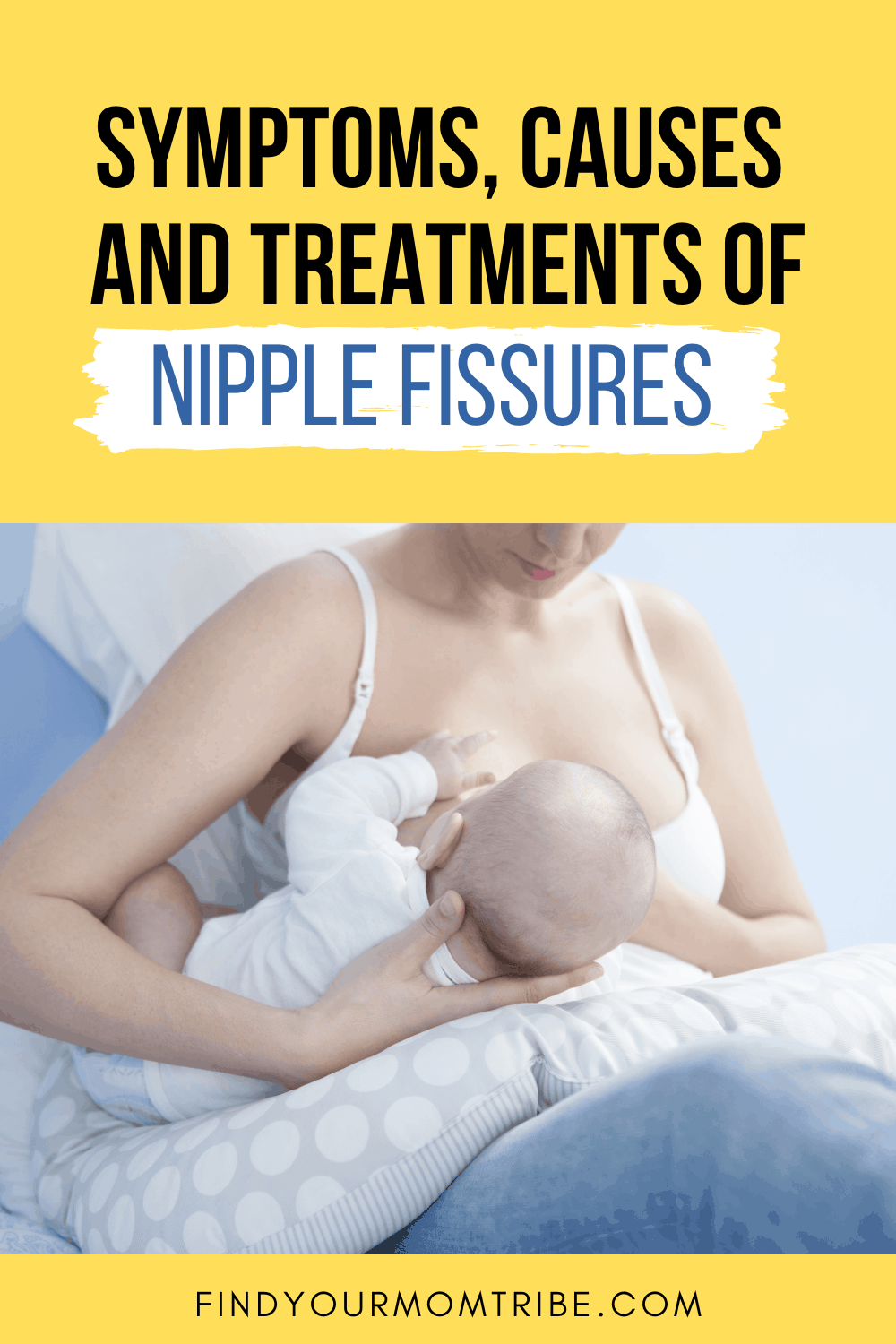
This post contains affiliate links. Please see our full disclosure or more info.

